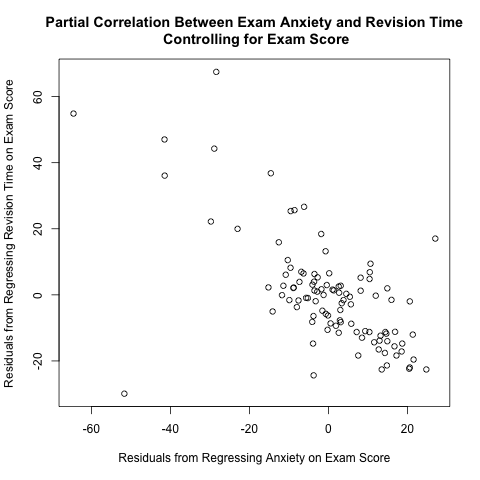Store multiple strings of text as a macro variable in SAS with PROC SQL and the INTO statement
September 8, 2017 Leave a comment
I often need to work with many variables at a time in SAS, but I don’t like to type all of their names manually – not only is it messy to read, it also induces errors in transcription, even when copying and pasting. I recently learned of an elegant and efficient way to store multiple variable names into a macro variable that overcomes those problems. This technique uses the INTO statement in PROC SQL.
To illustrate how this storage method can be applied in a practical context, suppose that we want to determine the factors that contribute to a baseball player’s salary in the built-in SASHELP.BASEBALL data set. I will consider all continuous variables other than “Salary” and “logSalary”, but I don’t want to write them explicitly in any programming statements. To do this, I first obtain the variable names and types of a data set using PROC CONTENTS.
* create a data set of the variable names;
proc contents
data = sashelp.baseball
noprint
out = bvars (keep = name type);
run;

Recent Comments